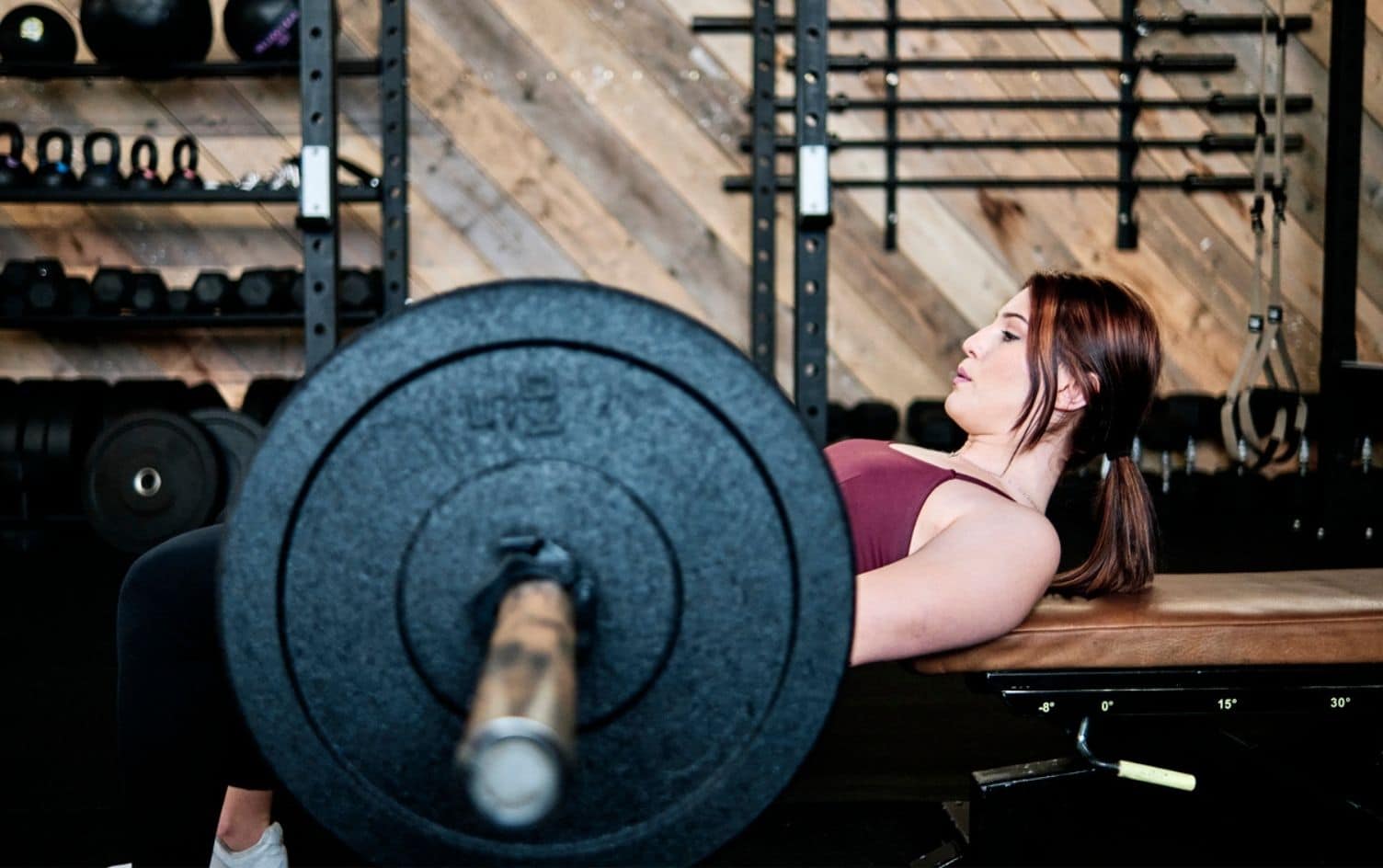Time is finite. For those of us who are not professional trainers, that means making hard choices about which exercises to do and which not to do. We might make those choices based on personal preference, how much we enjoy one workout or another, the amount of time we have, whether our friends can join us, the equipment available and more.
But one thing we should absolutely consider: How to get the most bang for our buck. In other words, how much an exercise benefits our overall health. Which means we could, conversely, determine which exercises might be overrated, offering little in return for our efforts — or even being risky to our overall health. As Sandra Gallagher-Mohler, CEO and run coach at iRunTons, points out, “Almost all exercises and workouts have a place in a balanced, well-designed training plan. What often gets lost in translation, though, is the balance. For example, squats are a great exercise, but only when done properly and appropriately.”
Still, we surveyed a few trainers for the exercises they feel are the most overrated. It turns out burpees, kettlebell swings and situps are especially unpopular with the training set. Think of this as what happens when trainers stop being polite and start getting real. “I might get pushback for my thoughts, but they are coming from a high-performance training stance and 33 years of practical experience,” admits Rich Hesketh, athletic development coach at DECAMAN Athletics.
BURPEES
“Burpees are a lazy way of beating down a client — and they’re often not coached right. It’s not guided workouts by a coach, it’s encouraged workouts with a cheerleader. Bring back real coaching, and bring back people who know their clients and really listen. Give them what they want while infusing what they need. My mentor Chris Frankel says this: ‘It’s not what you know that makes you valuable to your clients, it’s what you can coach.’”
– Marc Coronel, owner of Open Mind Fitness and master instructor for Trigger Point
“Burpees. Burpees are hard. But then again, so is shoveling the driveway or chopping down a tree if you push it hard enough. Just because something is hard doesn’t mean it’s effective. I guess those who ‘hate’ doing burpees won’t be upset about my choice, but I would rather see an exercise or drill that simulates real-life or sport/athletic movements as long as it doesn’t compromise safe training and posture. At the end of the day anyone can work someone really hard. The real test is if those training programs produce high-performance results that are injury-free.”
– Hesketh
SEATED LEG EXTENSION
“What makes the leg extension machine a potential hazard? Because the load is on the far end of the leg near the ankles, it places a tremendous amount of torque on the knee, which can potentially cause injury to ligaments and cartilage in the knee.
“Instead, strengthen the quadriceps with squats. Not only do squats target the four muscles of the quadriceps safely and effectively, they recruit even more leg and core musculature than leg extensions. This aids in proper coordination and functional movement to protect the knees and hips for the long run. Plus, adding the double hip extension also works the glutes.”
– Shana Verstegen, fitness director at Supreme Health and Fitness
HEATED CLASSES
“Think: Pilates and yoga, where the consumer is lured in with words like detox, cleanse and more. They’re incredibly popular and they make you believe that you worked harder because your rated perceived exertion (RPE) is higher due to the 90-degree temperature and 40% humidity in the room. They’re dangerous, and there’s no scientific evidence to support [whether] they work.”
– Coronel
AESTHETIC, NON-FUNCTIONAL EXERCISES
“In an era where the booty workout is in, I am seeing a large number of fitness people and athletes do barbell hip thrusts. It may add size and girth to the gluteus maximus but in the world of speed, bigger is not always better. Bigger is just bigger. Access mass just needs to be supplied with oxygen, and for my purposes, that makes athletes whose aerobic capacity is a necessity, inefficient. Furthermore, carrying around extra mass in the glute creates a whole new set of muscular imbalance issues. I choose not to use this exercise although I have tried it with my athletes. I will continue using functional ground-based one-legged exercises to develop the ‘glutes.’”
– Hesketh
FITNESS MOVES ON AN INDOOR BIKE
“Moves like pushups on the bike and shoulder presses with 2-pound weights. This is a case of trying to entertain versus actual fitness.
“At the end of the day we need coaches to actually coach and not entertain. But really, we have to display our skills as coaches/teachers and keep people safe. I have a 20-year non-injury rate, and I’m proud of it.”
– Coronel
SITUPS
“Situps can place large amounts of stress on the lower spine and neck and do not target the deep abdominal muscles such as the transverse abdominis. In a study published in 1995, Stuart McGill, professor of spinal biomechanics at the University of Waterloo, Ontario, found that bent- and straight-leg situps placed more than 674 pounds of strain on the lower spine, which can lead to herniated discs and nerve damage. McGill identified three exercises (known as the ‘Big Three’) that focus on core strength and stability, while putting a minimal load on the spine.
“If you want to strengthen the anterior chain (front side of the body), build better abs and enhance athleticism, try the McGill Curl-Up: Begin by laying flat on your back with one knee bent. Place your hands under the small of your back, ensuring your back doesn’t touch the floor. Brace the core muscles as if you were about to be punched and lift your head and shoulders, keeping the spine neutral. For an added challenge, lift the elbows off the floor. Try this for 6–10 holds, each lasting 10 seconds.
– Verstegen
KETTLEBELL SWINGS
“I have never been a fan of swings simply because of the ballistic nature of the movement in a hinged, forward-flexed position. As much as one can argue that if you have great technique you are not at risk, I have seen the research of load-in, weighted-forward flexed positions and it is measured in the hundreds of kilos of spinal load. I have watched it done improperly and taught improperly consistently, and it makes me cringe. As much as I have tried to do them with excellent technique, I cannot get past the point that every time I do them my back feels like it’s going to lock up. As I have had disc surgery, I get instant and damning feedback from the kettlebell swing. No thank you, on this exercise.”
– Hesketh
PARTNER LEG SLAMS
“Remember grabbing onto a partner’s ankles and having them throw your feet down toward the floor in gym class? I do. I also remember my back hurting afterward. These throw-downs can cause excessive extension of the spine and can be harmful for the lower back. If you want to work abdominal strength and eccentric control, try the TRX-resisted, straight-leg raise. Lay on the ground facing the anchor point; place both hands in the foot cradles and press down. While keeping your core braced, slowly lower one or both legs toward the ground until just before the low back raises up. Return to the starting position while keeping pressure down in the hands. Perform 2, 30-second sets of this exercise.”
– Verstegen




